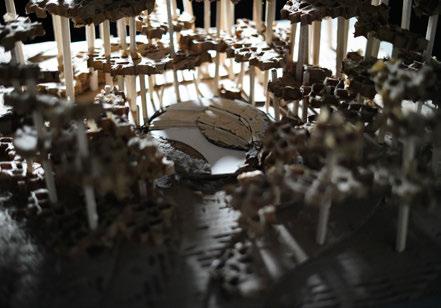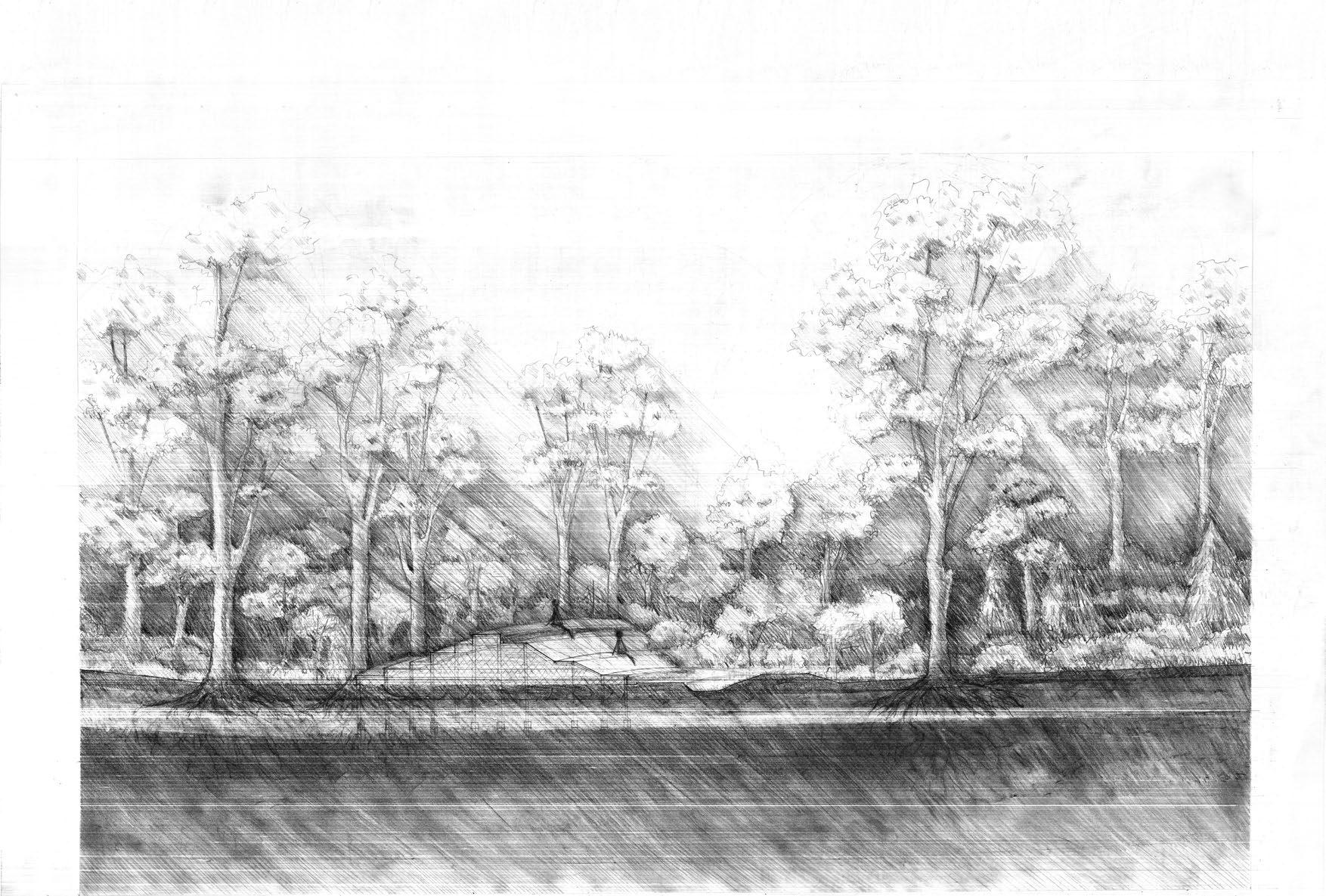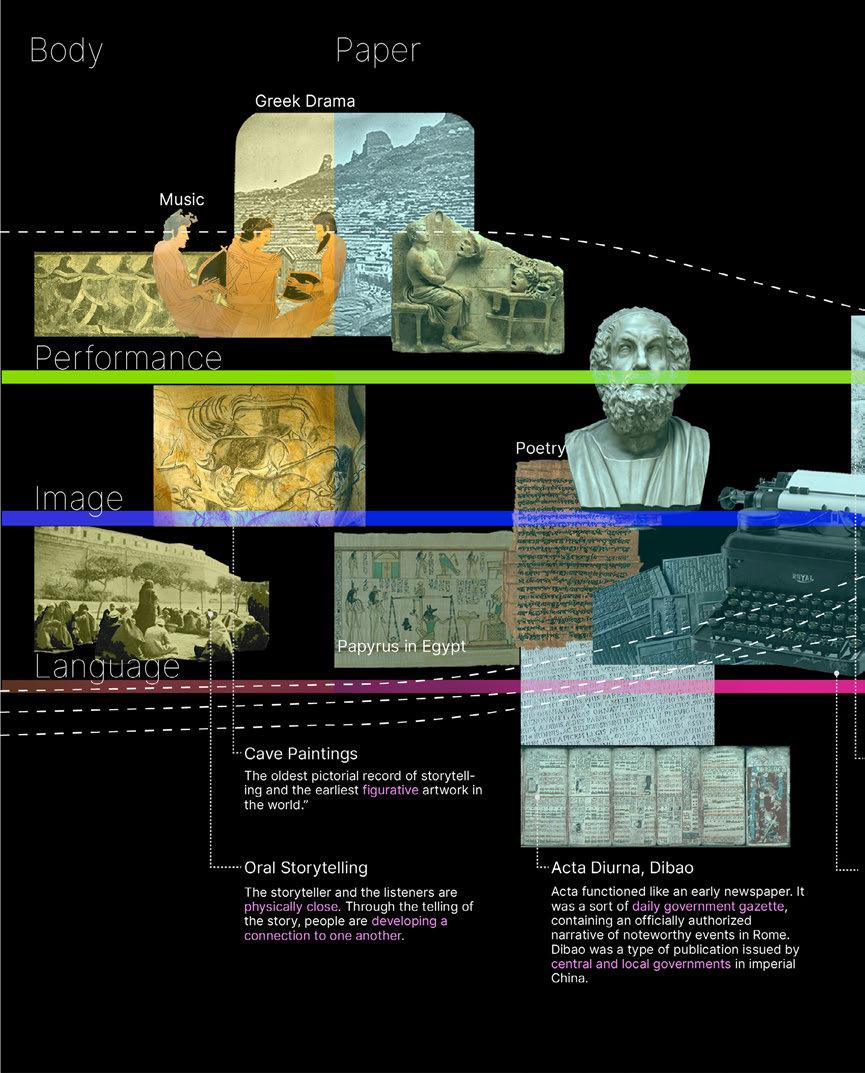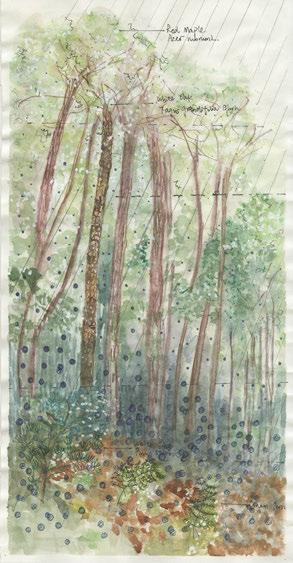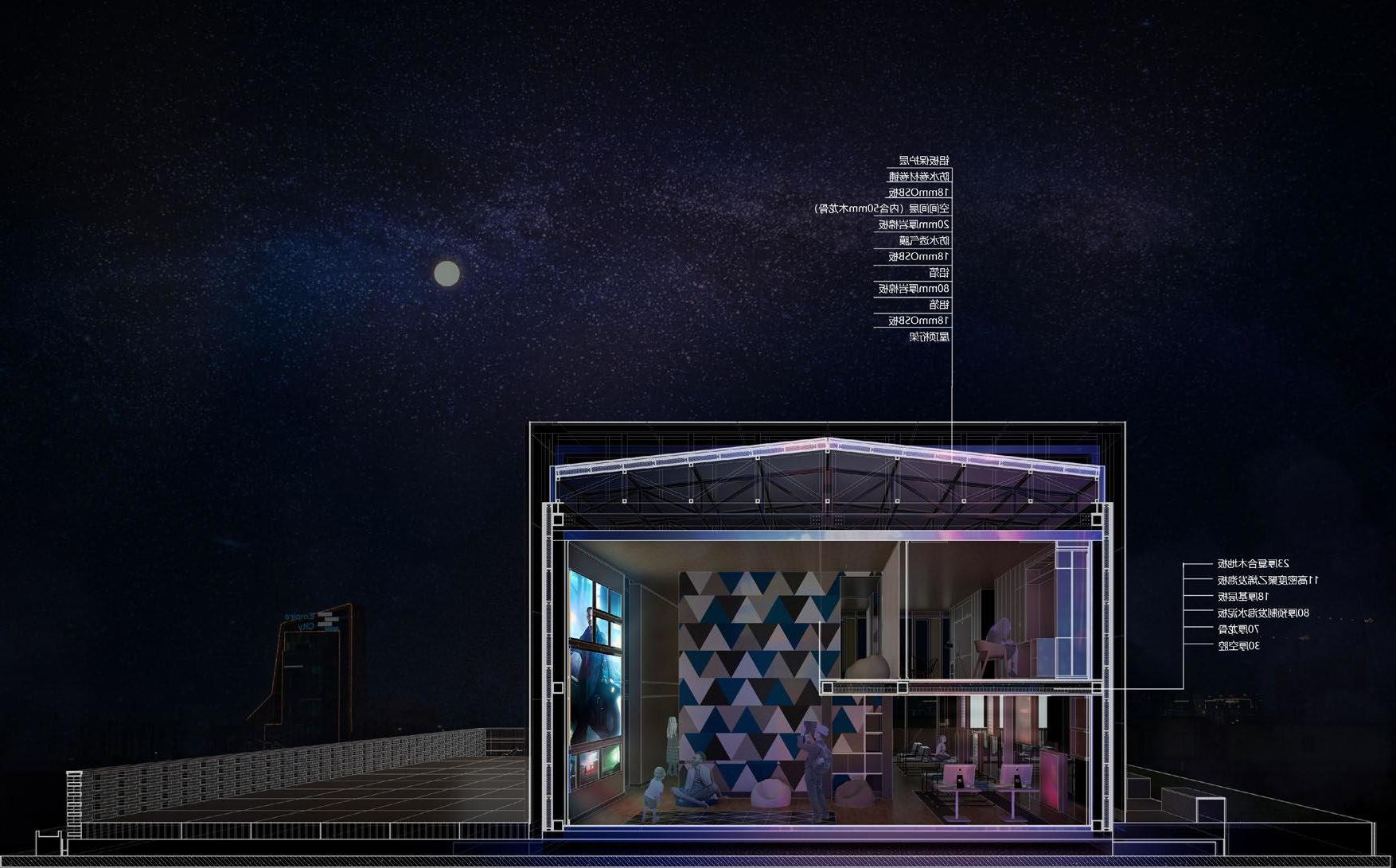
4 minute read
The Invisible Force
from XueGao_2020_Selected Work
by xgao01
Location: RISD Farm, Providence, Rhode Island Date: 09/ 2018- 12/ 2018 Type: Individual Work Instructor: Adam Anderson
Advertisement
The design principle studio started from developing a module system in the process of soil study asan unique tool to study and analyze the site, RISD Farm. Then I used the tool to study and express the phenomena of the site, and design two outdoor labs to reveal those phnomena based on my experience and understanding.
I personally considered the site has a two-faced character: one side is open, and the other side feels enclosed. Thus, I designed two labs with relatively opposite phnomena in winter and summer. When people visit these two labs, they would feel there is an invisible force between the two labs by feeling the differences of wind, tempreature, light and shadow. If possible, they would subconsciously learn how landscape shaped these feelings and tensions by vegetation, landforms, and water.
Soil Profile
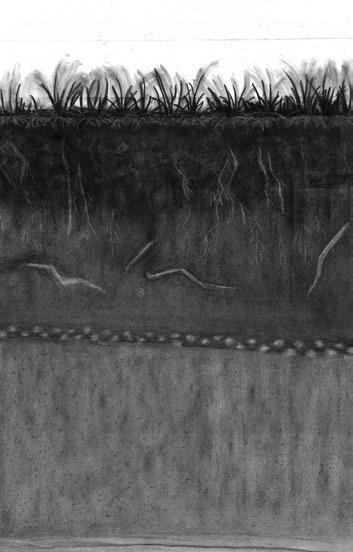
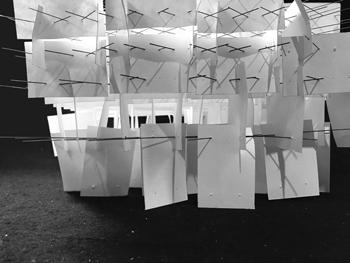
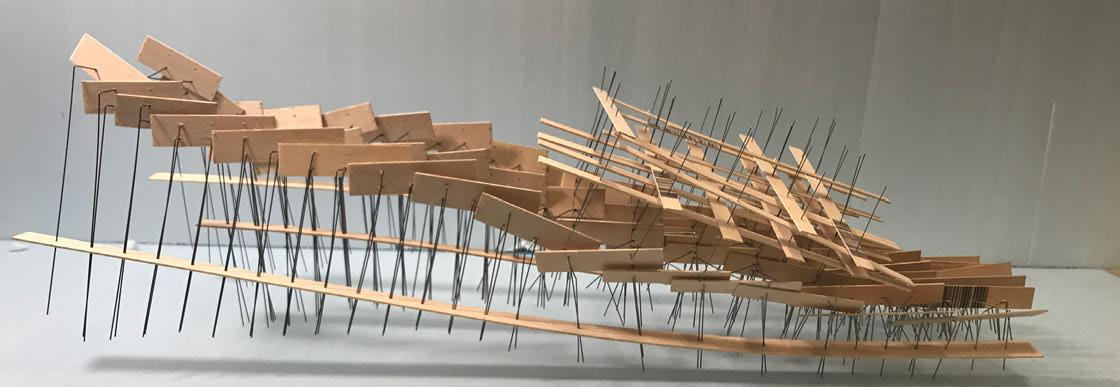
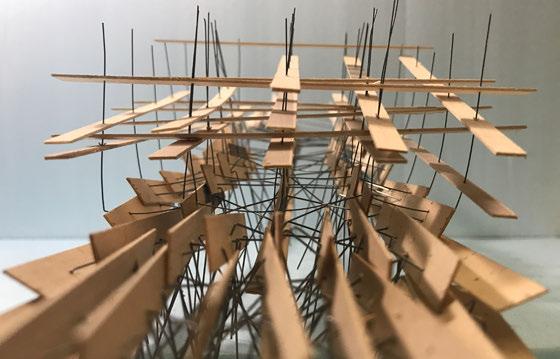
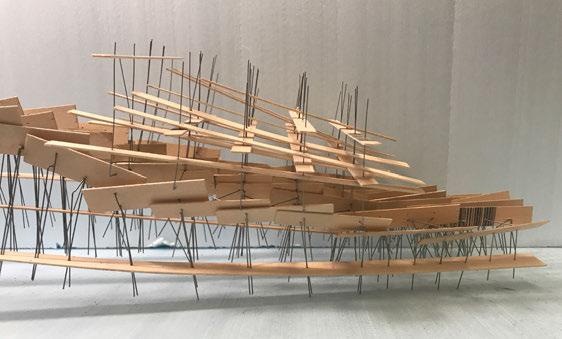
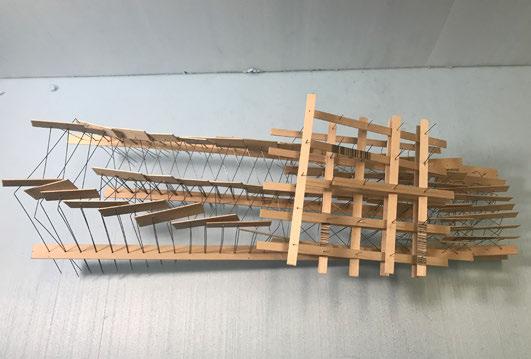
Using the linear module developed before, I made an armature model of the site. Wood chips stand for surface water on the ground, water table, and canopies of the woodland. The form of the wood chips also indicates the shape of the landform. Piano wires are root systems and trunks of the woods. Thus, the denser the wood chips are, the wetter the site is. The denser the piano wires are, the denser the vegetations are. The wood chips also show the concept of the two-sided filter.
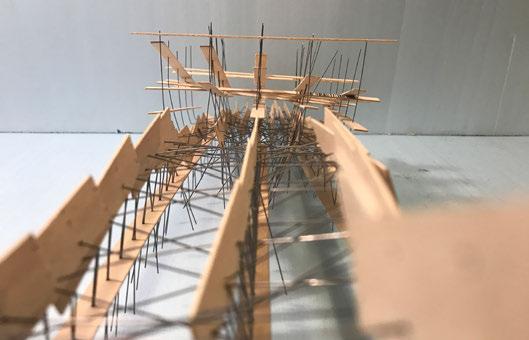
Topography
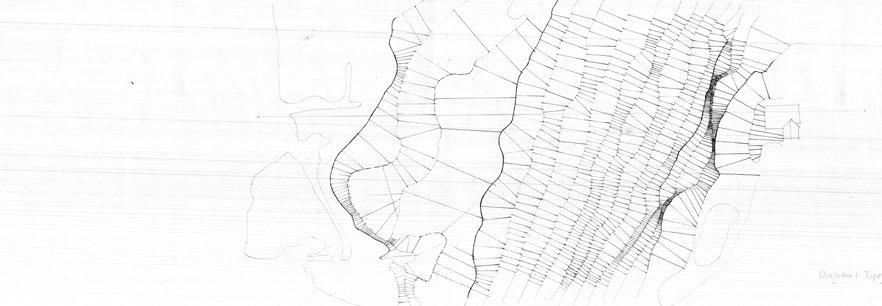
Vegetation Site Section

Hydrology
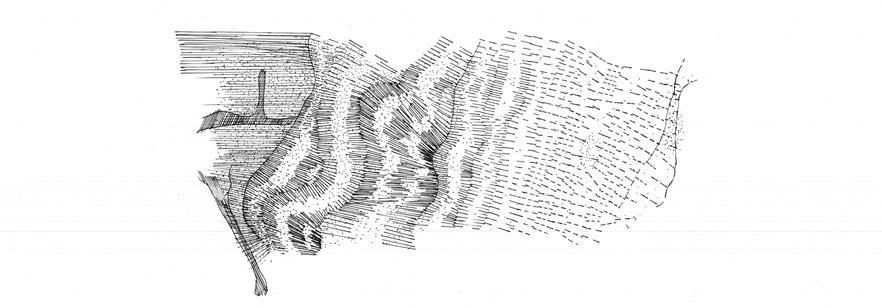
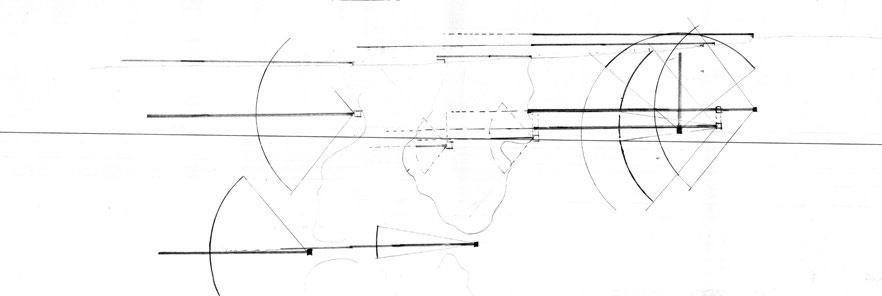
View

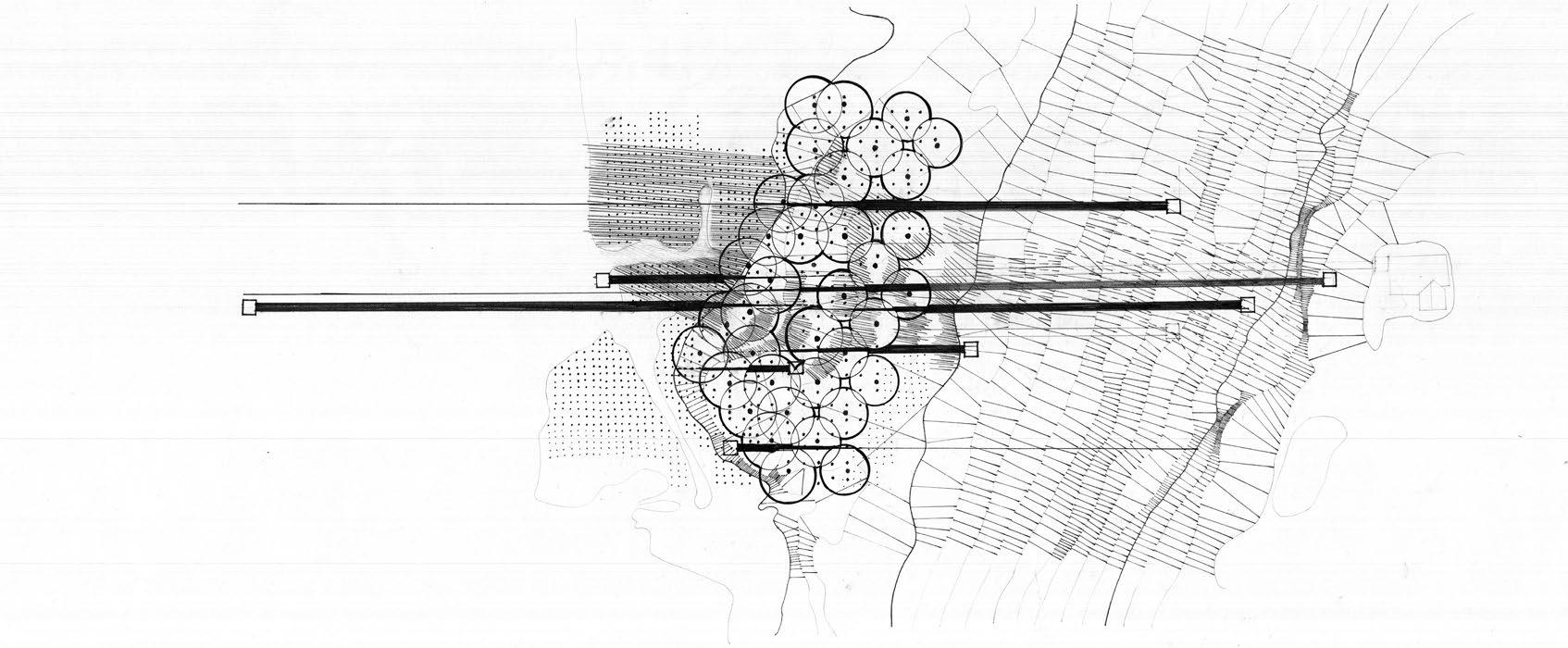
The woodland at RISD Farms functions as a two-sided filter. View decays at a different speed when people stand on the different side of the woodland. This phenomenon is caused by topography, distance, and density of vegetations.

Concept Diagram
Summer

Parti Diagram
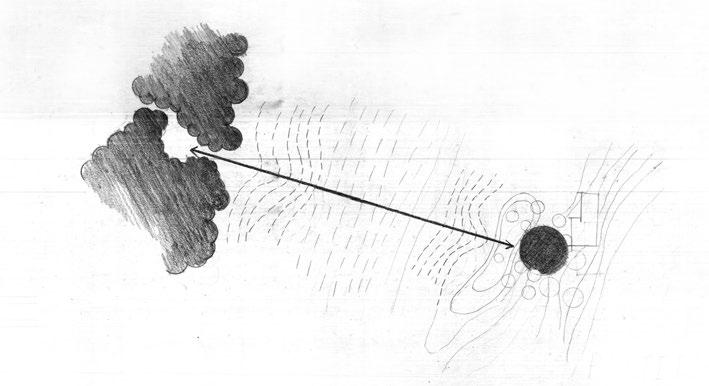
To apply what I learnt to the design, I focused more on the difference between the two sides. The phenomenon I was most interested in was light and shadow. From this design, I would like people to notice that light and shadow are not fixed. There are rooms of light in rooms of shadow and rooms of shadow in rooms of light. Even if we zoom in to the minimal, light and shadow are also changing with time. Thus I built two labs, one on the ridge and one in the woodland.
In the woodland lab, the evergreens are planted in the north while the deciduous are planted in the south. Therefore, the lab will be cool and shady in summer because of the canopy, and warm in the winter because the evergreen trees block the north wind, and sunshine could cast down because there is no canopy in the south.
In the ridge lab, the small evergreens are planted in the south while the deciduous are planted in the north. Thus, the lab will be hot in the summer while cold in the winter because the site embraces the wind.
Winter
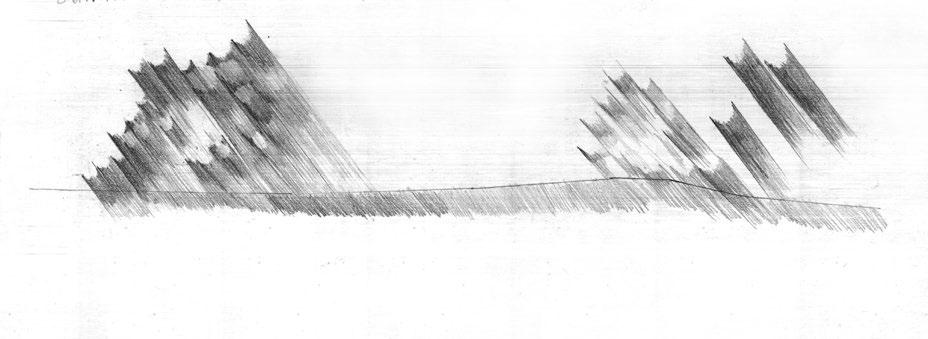

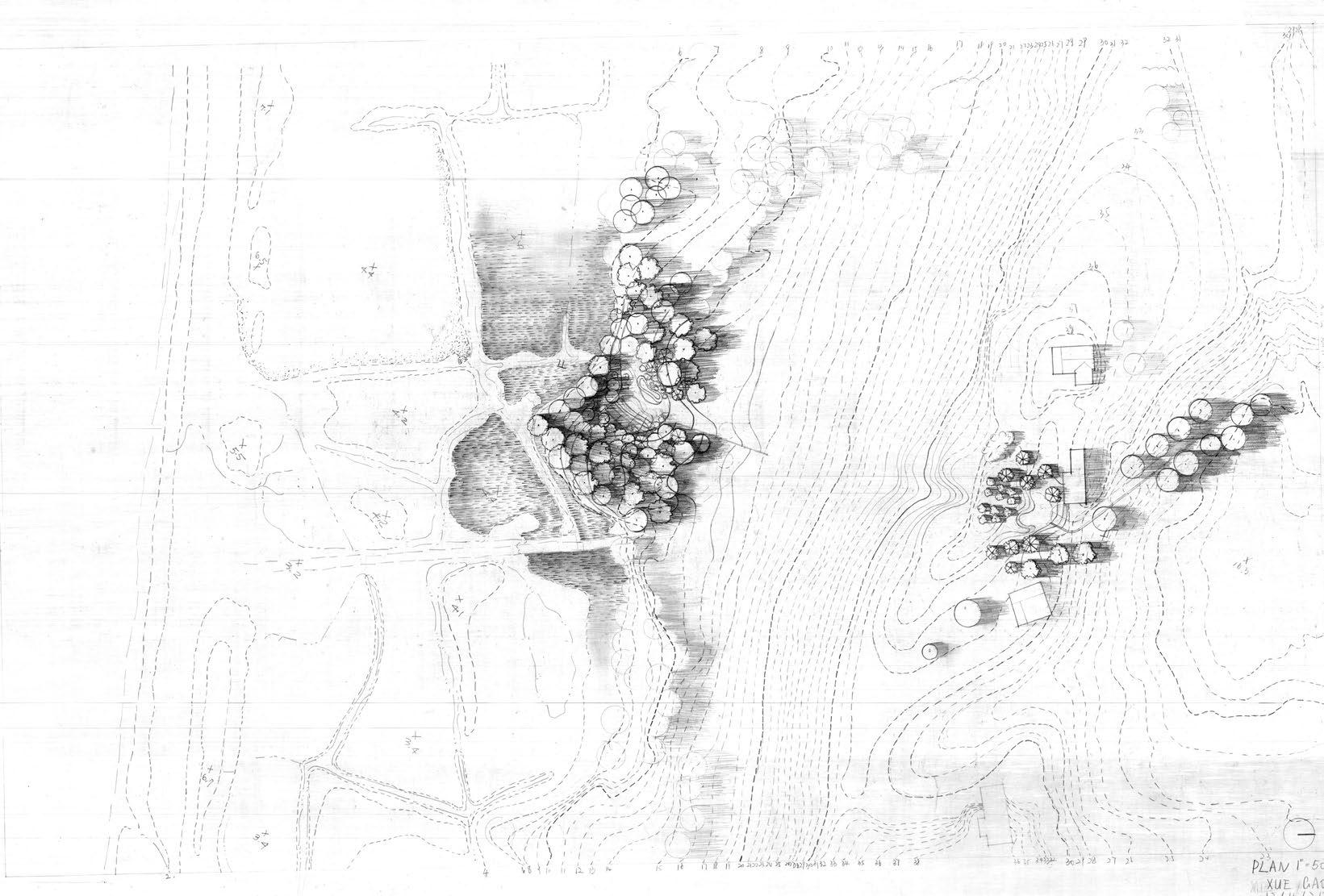
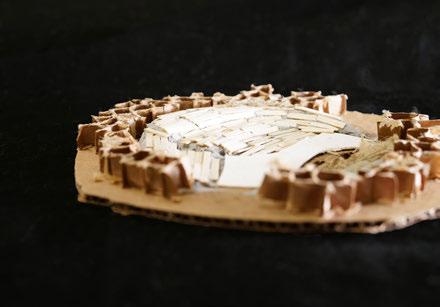
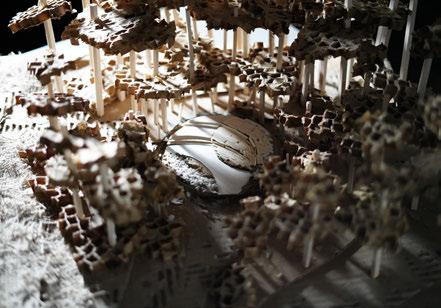
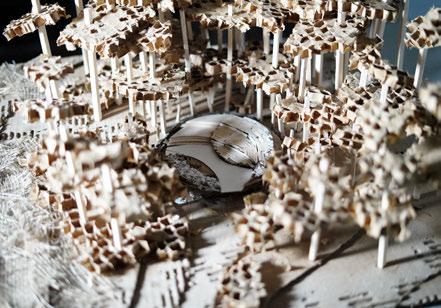
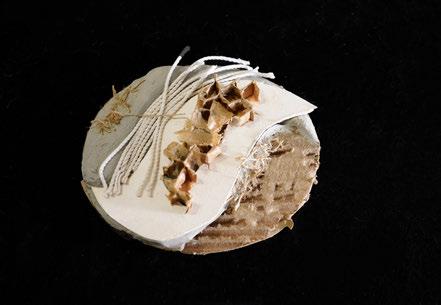

For the detail design, vegetations would be planted in three different groups according to the structures and canopies. As the sun passes by, different kinds of shadow would be cast on the ground, so that visitors could notice the temporal dimension of light and shadows
